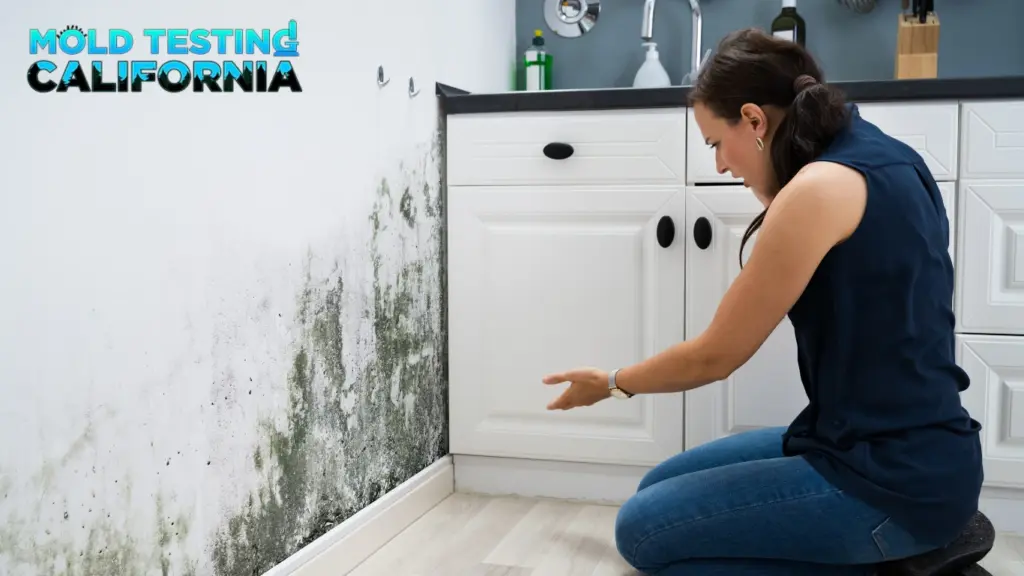Mold testing is an essential process for homeowners seeking to identify hidden mold growth and ensure their home remains safe. Mold can grow in areas that are not easily visible, and it can negatively affect both your property and health. Mold testing uses a variety of techniques to detect and assess mold, providing crucial information on the severity of the issue. Understanding how mold testing works and the methods used can help you take proactive steps to maintain a safe, healthy home.
Visual Inspection: The First Step in Mold Detection
The mold testing process often begins with a visual inspection. Mold professionals start by assessing areas that are typically more prone to mold growth, such as bathrooms, basements, and areas with water damage. They look for obvious signs of mold, like discoloration on walls, ceilings, and floors, as well as any musty odors that indicate mold presence. This initial visual inspection helps the professionals pinpoint areas that need more in-depth testing and guides them toward potential sources of mold growth.
Air Sampling: Assessing Mold Spores in the Air
Air sampling is one of the most common and effective techniques used during mold testing. It involves capturing air samples from various locations in your home to measure the concentration of mold spores in the air. High levels of mold spores may indicate active mold growth. Air sampling is particularly useful in detecting mold in areas that are difficult to access or in cases where mold is hidden behind walls or under flooring. This method helps professionals assess the indoor air quality and identify any airborne mold particles that may pose a health risk.
Surface Sampling: Identifying Mold Types and Severity
Surface sampling is another crucial technique used in mold testing. Professionals use swabs or bulk samples to collect material from visible mold growth. These samples are then analyzed in a lab to determine the type of mold present, as well as the concentration of spores. Surface sampling can help mold remediation specialists understand the extent of the mold problem and decide on the best course of action for removal. By identifying the specific mold species, surface sampling also provides valuable information on potential health risks associated with the mold in your home.
Moisture Detection: Identifying Hidden Mold Sources
Mold thrives in areas with high moisture levels, so moisture detection plays a critical role in mold testing. Moisture meters are used to measure the humidity levels within walls, floors, and other building materials. If moisture is detected, it may indicate the presence of hidden mold, even in areas that appear unaffected. Identifying moisture sources is crucial because it helps address the root cause of mold growth. Without addressing the moisture problem, mold could return, even after remediation efforts are made.
Mold testing is an essential part of maintaining a safe and healthy home. Through visual inspections, air and surface sampling, and moisture detection, professionals can accurately identify mold growth and its severity. Understanding how these techniques work helps homeowners make informed decisions about mold remediation, ensuring a healthier living environment for everyone in the home.
Learn more:
How Mold Testing Identifies Mold Growth in Your Home

